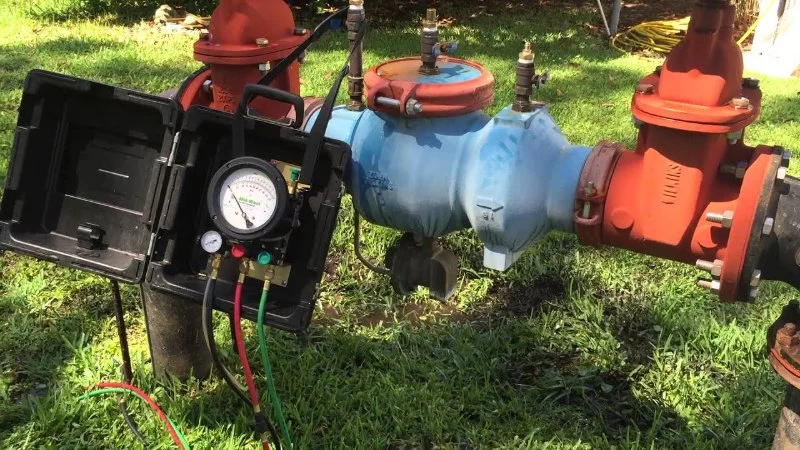
- Why You Should Test Backflow Preventers
- How to Test Backflow Preventers
- Tools and Equipment Needed
- Common Mistakes to Avoid
- When to Call a Professional
Why You Should Test Backflow Preventers
Backflow preventers are vital components of any plumbing system, ensuring that contaminated water does not flow back into the clean water supply. Regular testing of backflow preventers is crucial to prevent dangerous contaminants from entering your drinking water. Failing to maintain and test these devices can lead to serious health risks, legal issues, and expensive repairs. For both residential and commercial properties, performing annual backflow preventer tests is a necessary part of responsible plumbing maintenance.

Roto-Rooter Plumbing & Water Cleanup
Los AngelesLos Angeles CountyCalifornia
12240 Venice Blvd. Ste 24A, Los Angeles, CA 90066, USA
How to Test Backflow Preventers
Testing a backflow preventer is not a simple task, and it's essential to perform it correctly. Here’s a step-by-step guide to help you test your backflow preventer annually:
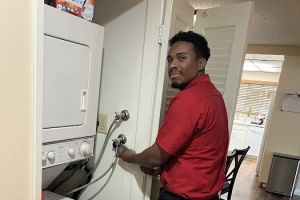
Always Plumbing & Drain Cleaning
Laguna HillsOrange CountyCalifornia
22982 La Cadena Dr Suite 12, Laguna Hills, CA 92653, USA
1. Shut off the Water Supply
Before starting the test, make sure the water supply to the backflow preventer is turned off. This is necessary to ensure that you don’t inadvertently damage the system or make the test inaccurate. You’ll also need to isolate the backflow device from the rest of the plumbing system.
2. Connect the Test Kit
A backflow test kit typically includes a set of gauges and hoses that measure pressure on both the upstream and downstream sides of the backflow preventer. Attach the appropriate hoses to the device and the test kit, ensuring that everything is securely connected to avoid leaks.
3. Measure the Pressure
After setting up the test kit, turn on the water and carefully monitor the pressure readings on the gauges. A properly functioning backflow preventer will maintain a specific pressure level, preventing any reverse flow of water. Compare the readings with the manufacturer’s recommended pressure levels for your particular device.
4. Test for Leaks
While measuring the pressure, check for any leaks around the backflow preventer. If you notice any signs of leakage, this could indicate that the device is malfunctioning and needs maintenance or replacement.
5. Evaluate the Results
Once you’ve completed the testing, evaluate the results. If the backflow preventer’s pressure is outside the recommended range, or if there are any leaks, the device may need repairs or a replacement. Keep a record of the test results for future reference or for reporting to local authorities, depending on your area’s requirements.
Tools and Equipment Needed
To perform a backflow preventer test, you’ll need the following tools and equipment:
1. Backflow Test Kit
A backflow test kit is essential for accurately measuring the pressure on both sides of the preventer. The kit typically includes gauges, hoses, and adaptors.
2. Wrenches and Pliers
You may need wrenches or pliers to loosen or tighten connections during the testing process. Ensure that you have the right tools to prevent damage to the backflow preventer.
3. Pressure Gauge
If your test kit does not include a pressure gauge, you may need to purchase one separately to monitor water pressure during the test.
4. Safety Equipment
Always wear appropriate safety gear, such as gloves and safety glasses, to protect yourself during the test. Working with plumbing systems can sometimes result in water splashes or leaks that could cause injury.
Common Mistakes to Avoid
While testing backflow preventers is essential, it’s easy to make mistakes that can lead to inaccurate results or system damage. Here are some common errors to avoid:
1. Skipping Annual Tests
One of the most significant mistakes is neglecting to perform the test every year. Backflow preventers can degrade over time, so an annual test is necessary to ensure they remain in working condition.
2. Not Properly Shutting Off the Water
Failure to properly shut off the water supply can lead to a messy situation and potentially damage the backflow preventer. Always make sure the water is turned off before beginning the test.
3. Using Incorrect Equipment
Using substandard or incompatible tools can lead to inaccurate readings or damage to the backflow preventer. Make sure you’re using a reliable test kit designed for your specific device.
4. Ignoring Leaks or Pressure Irregularities
If you notice any leaks or irregular pressure readings during the test, don’t ignore them. These issues can indicate a malfunctioning backflow preventer that may need repair or replacement.
When to Call a Professional
While many homeowners can perform basic backflow preventer tests, there are situations where you should call a professional plumber or backflow testing specialist:
1. Inability to Repair a Malfunctioning Device
If your backflow preventer is malfunctioning, and you’re unable to fix it yourself, it’s time to call in an expert. A licensed professional can diagnose the issue and make the necessary repairs or replacements.
2. Lack of Test Equipment
If you don’t have the proper test kit, or if you’re not comfortable conducting the test, hiring a professional ensures that the job is done correctly.
3. Local Regulations
In some areas, local authorities require professional certification for backflow preventer testing. If you’re unsure of the regulations in your area, it’s always best to consult a professional.
In conclusion, annual backflow preventer testing is vital for ensuring the safety of your water supply. Whether you’re testing the device yourself or hiring a professional, make sure the process is done accurately to avoid any potential risks. For more information on backflow preventers and to find the right products for your plumbing needs, visit Plumbers Supply Hub.

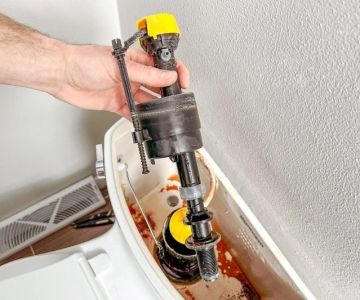
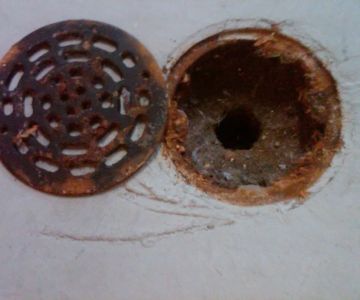
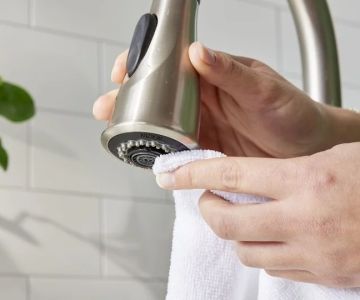
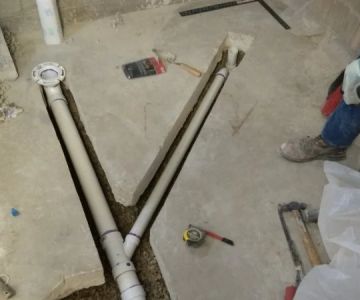
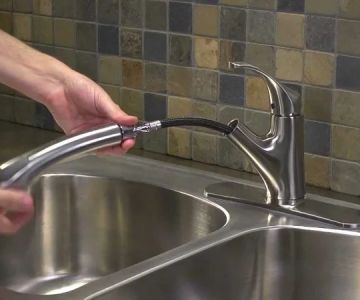
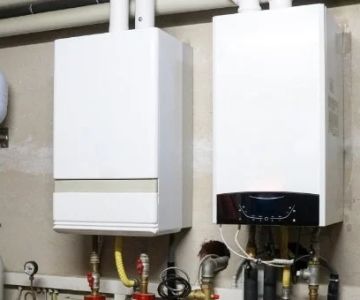
 Carlos Plumbing5.0 (1 reviews)
Carlos Plumbing5.0 (1 reviews)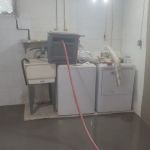 Jeffco Enterprises4.0 (27 reviews)
Jeffco Enterprises4.0 (27 reviews)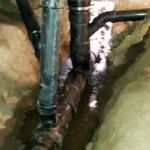 Craig's Plumbing4.0 (20 reviews)
Craig's Plumbing4.0 (20 reviews)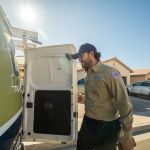 Lee's Air, Plumbing, & Heating4.0 (26 reviews)
Lee's Air, Plumbing, & Heating4.0 (26 reviews)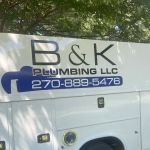 B&K Plumbing LLC5.0 (1 reviews)
B&K Plumbing LLC5.0 (1 reviews)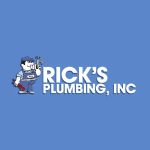 Rick's Plumbing Inc4.0 (46 reviews)
Rick's Plumbing Inc4.0 (46 reviews) How to Clean Out a Septic Tank Filter Safely: Step-by-Step Guide
How to Clean Out a Septic Tank Filter Safely: Step-by-Step Guide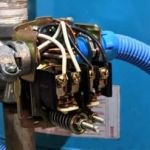 How to Reset a Tripped Pressure Switch in a Well Pump
How to Reset a Tripped Pressure Switch in a Well Pump Common Causes for Low Hot Water Volume and Solutions for Homes and Businesses
Common Causes for Low Hot Water Volume and Solutions for Homes and Businesses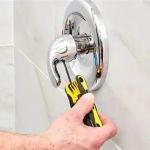 How to Replace a Worn-Out Shower Cartridge
How to Replace a Worn-Out Shower Cartridge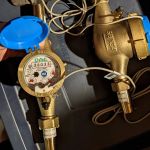 How to Install a Water Meter for Irrigation
How to Install a Water Meter for Irrigation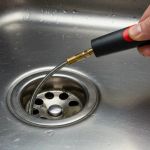 How to Use a Drain Snake Without Damaging Pipes | Plumbers Supply Hub
How to Use a Drain Snake Without Damaging Pipes | Plumbers Supply Hub